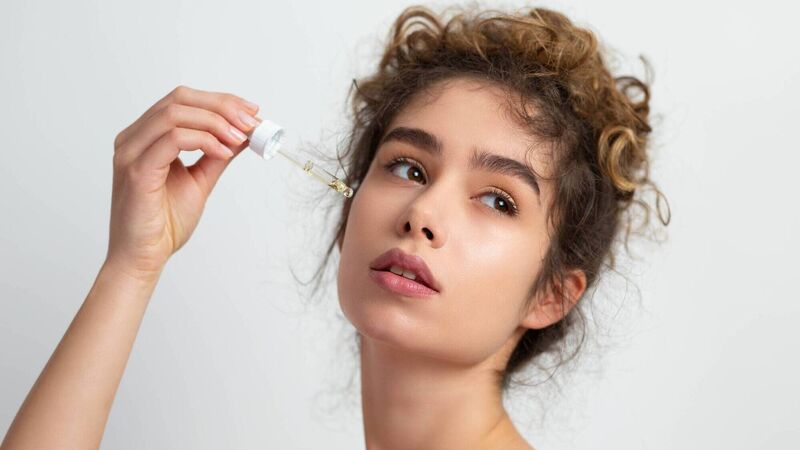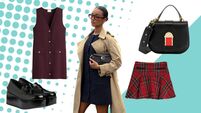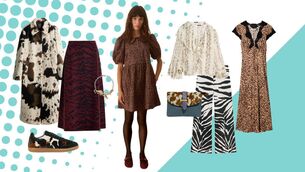The Skin Nerd: What is retinol, is it safe and how does it work?

How do I introduce retinol into the skin?
A recent study has hailed retinol as the most confusing skincare ingredient. The research revealed the 10 skincare ingredients that consumers were most confused about, with retinol at the top of the list with 29,000 monthly searches. Adding to this, further research by BeautyMatter discovered that 72% of people require clarification on some of the scientific terms used within the beauty market. Despite being a vitamin A enthusiast myself, this does not surprise me. The confusion amongst consumers highlights the importance of education on a product or ingredients benefits before purchasing a product. In an overwhelmingly large market, beauty professionals play a key role in educating their clients about what ingredients work for their skin and how to get the most out of the products that they buy. Whilst nothing beats a one-to-one consultation when it comes to recommending products and explaining their benefits to your skin, I have listed my most frequently asked retinol questions to give you a playbook on how to use the vitamin to its best advantage...
Retinol is a derivative of vitamin A that has been clinically proven to promote cell turnover and stimulate collagen production in the skin. This results in smoother, firmer skin with reduced fine lines and wrinkles. Other benefits include skin texture improvement – with retinol working to smooth rough patches and reduce the appearance of enlarged pores, dissolving excess sebum and dead skin cells, thus reducing the likelihood of the formation of blackheads and whiteheads, and strengthening the skin barrier.
While retinol is generally safe for most skin types, it can be irritating for those with sensitive or dry skin. Because of this, it is recommended to start with a lower concentration and slowly and gradually increase use as tolerated . Choose your formula carefully and if you have sensitive skin, apply a ceramide moisturiser before your application of retinol. Remember that you can contact your skincare professional or one of the Nerds at theskinnerd.com with any queries. Do note that retinol is not recommended during pregnancy or whilst breast feeding.
Retinol should be used at night, as it can make the skin more sensitive to sunlight. Begin by using it 2-3 times a week and gradually increase frequency, reaching 5-7 times a week as and when tolerated.
Retinol can be beneficial to the whole face, especially focusing on areas of concern such as fine lines or dark spots but it is important to refer to and follow specific manufacturer's instructions, which may differ from product to product.
This can vary depending on the individual, but most people start to see improvements in skin texture and tone within 12 weeks (about 3 months). Retinol can take time to work, so you need to be patient and consistent with usage.
For some, retinol can cause skin purging, where the skin experiences increased breakouts, dryness, or redness before it begins to show improvement. This is normal and usually temporary and will lessen as your skin gets used to the ingredient.
As retinol unclogs pores and helps to promote cell turnover, it can have heaps of benefits for those with acne-prone skin. However, I do advise you to start with a lower concentration to avoid irritation.
Retinol can increase skin sensitivity to UV radiation, so applying sun protection, 365 days a year is non-negotiable to protect your skin from harmful UV rays. Always select a broad-spectrum sunscreen with an SPF of 30 or higher and apply it to exposed areas of skin.
Start with a gentle, low-concentration retinol product. If you have sensitive skin, I recommend that you start with a concentration of no more than 0.6%, and gradually increase as your skin becomes tolerant.
I advise you to use one level of retinol for 3 skin cycles (that is about 3 months) as this will enable the skin to acclimatise to that percentage. If you do not experience dryness, redness or flaking then you can move on to a higher level. Remain cautious as you level up and incorporate once or twice weekly initially, before building up to daily.
Retinol can cause sensitisation when paired with exfoliating acids such as AHAs (alpha hydroxy acids) and BHAs (beta hydroxy acids) which, like retinol, slough off dead skin cells. I suggest using these active ingredients on alternate evenings to minimise the risk of any potential irritation.
Layering two active ingredients such as retinol and vitamin C can lead to irritation if not done with care. To lower any risk of irritation, apply vitamin C before your broad-spectrum SPF in the morning to protect the skin from UV rays while the vitamin C combats free radical damage caused by UV exposure. Keep retinol for use at night to support the skin’s cellular repair and proliferation processes.
Always check with your salon or beauty professional but the general advice is to stop using retinol 3 days prior to laser treatments or waxing and restart no earlier than 24 hours after.
Our first launch in four years – and well worth the wait! Trialed and tested with a consumer panel of 40, this product is available in two strengths, this powerhouse blend of pure, encapsulated retinol also contains vitamin B3 (niacinamide), hyaluronic acid and humectants to provide 10 amazing benefits for the skin, including reducing the appearance of lines and wrinkles, stimulating collagen products, enhancing the skin barrier and reducing hyperpigmentation for a more even skin tone.
Ideal for those looking for smoother, firmer skin, this serum delivers 0.3% pure stabilised retinol along with hydrating hyaluronic acid and neo glucosamine – an acid amino sugar that reduces the appearance of lines and wrinkles.
If you are still feeling wary of trying retinol, consider this serum which contains HPR, a new generation of retinoid which has been proven to be less irritating to skin.







